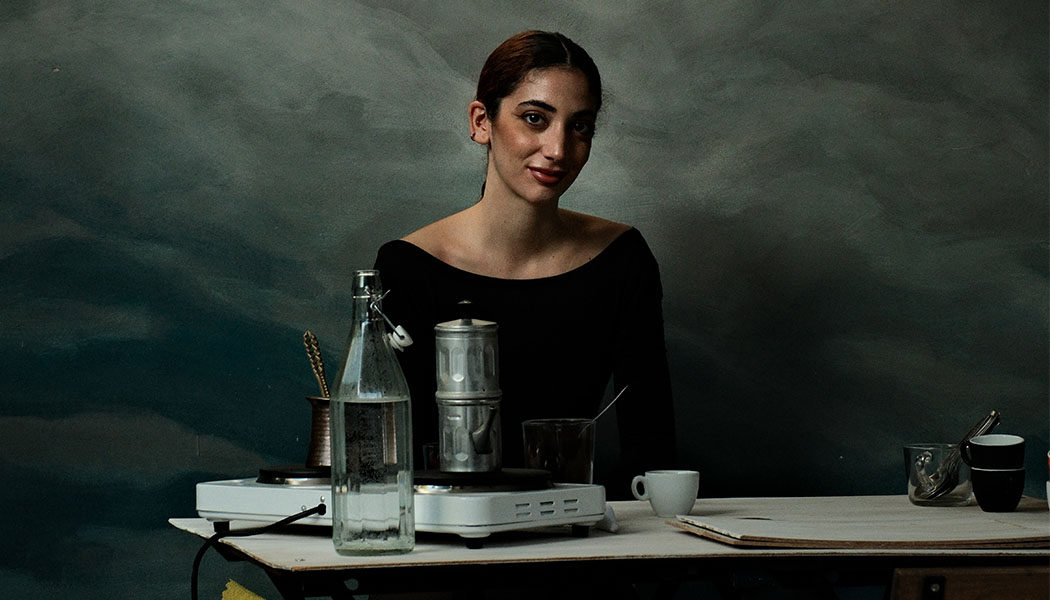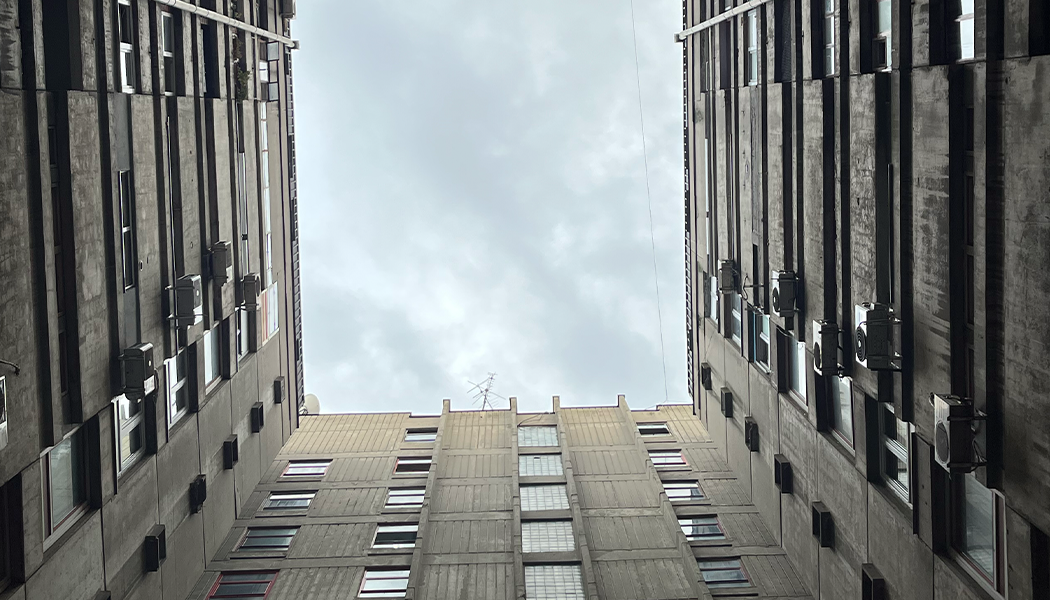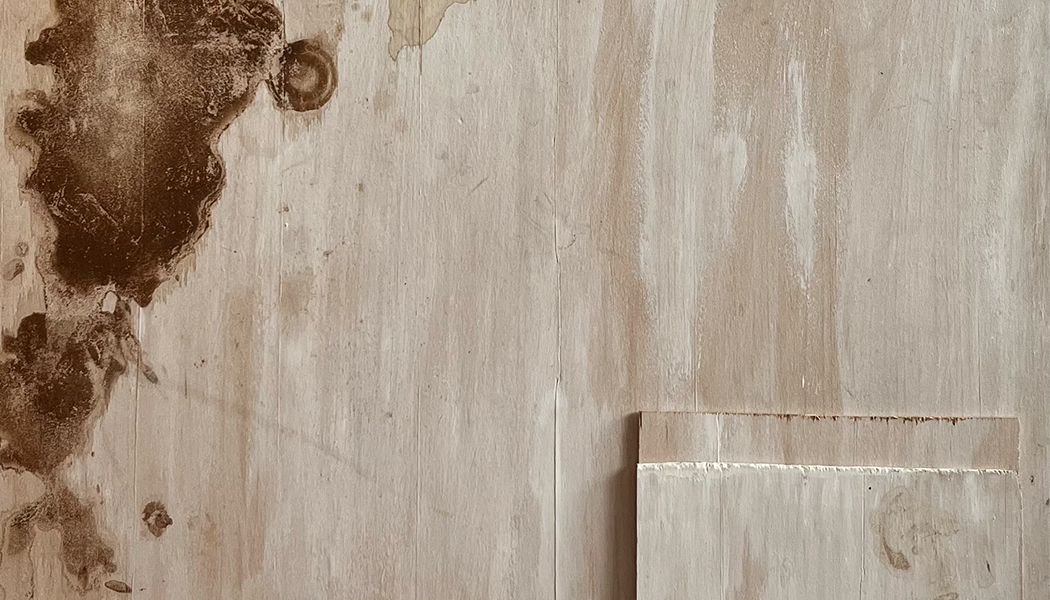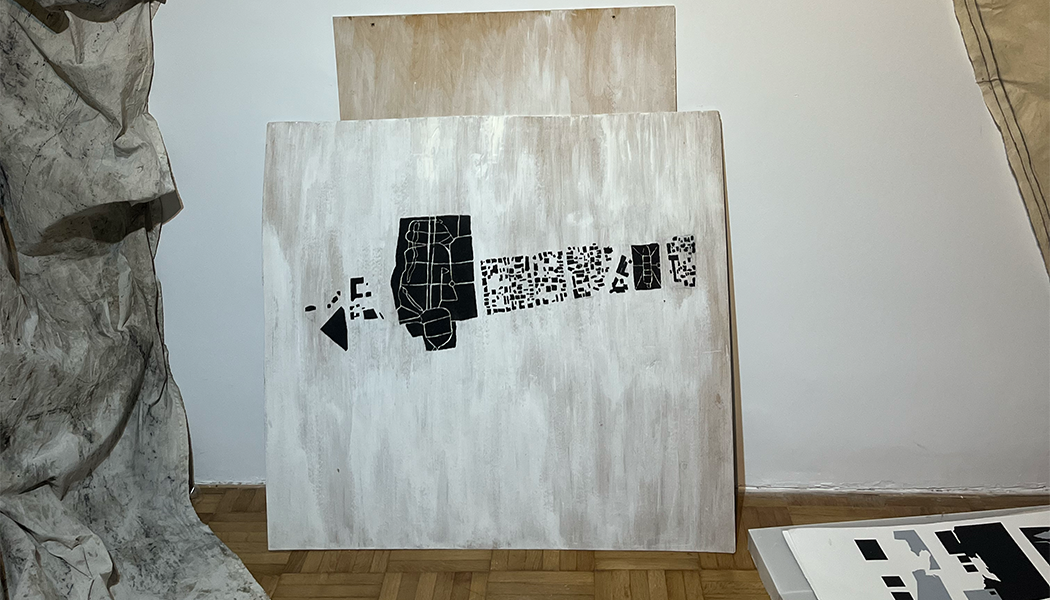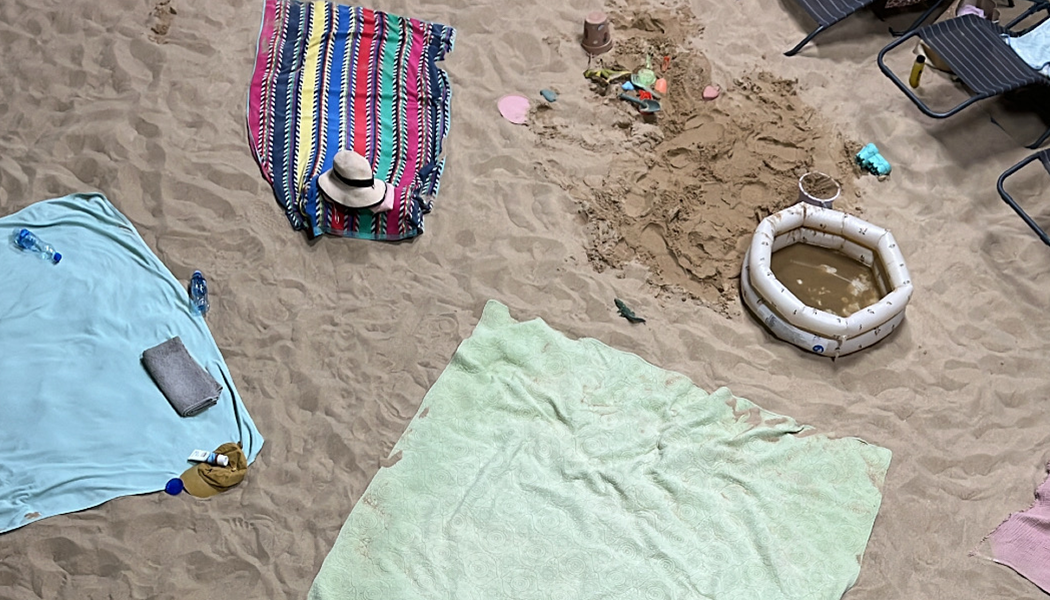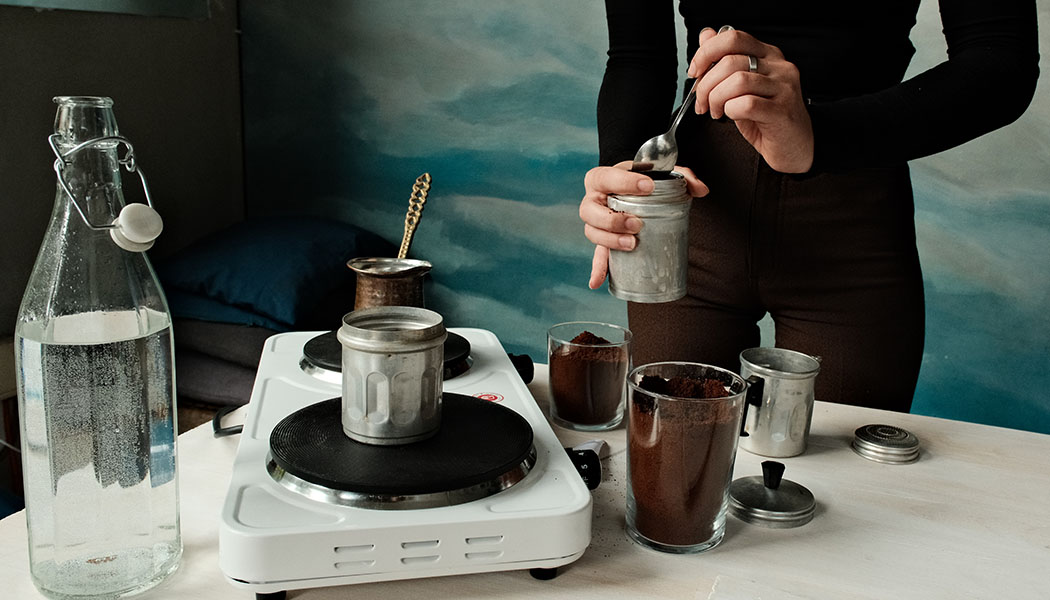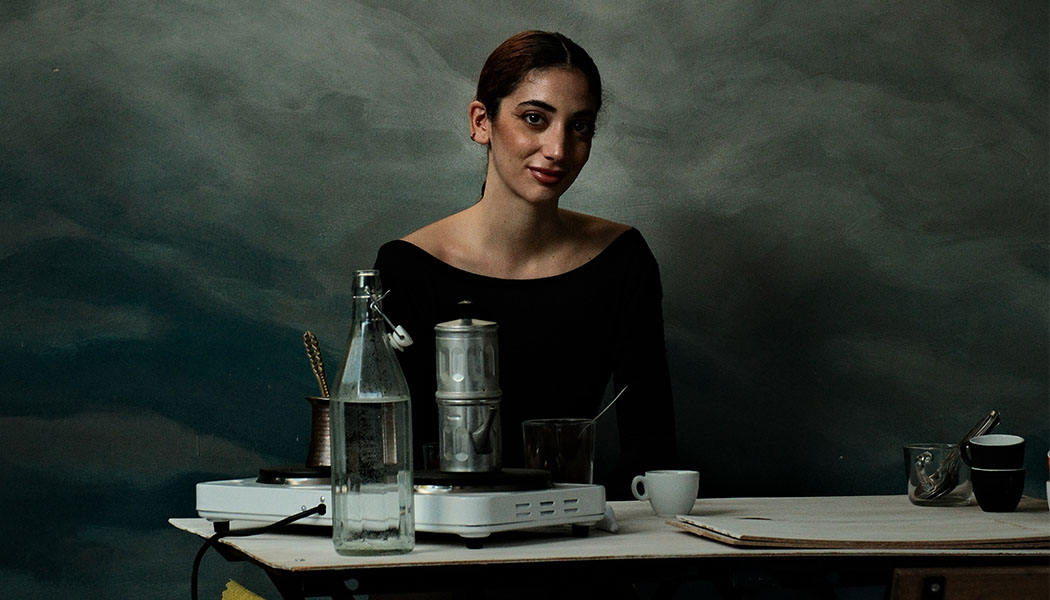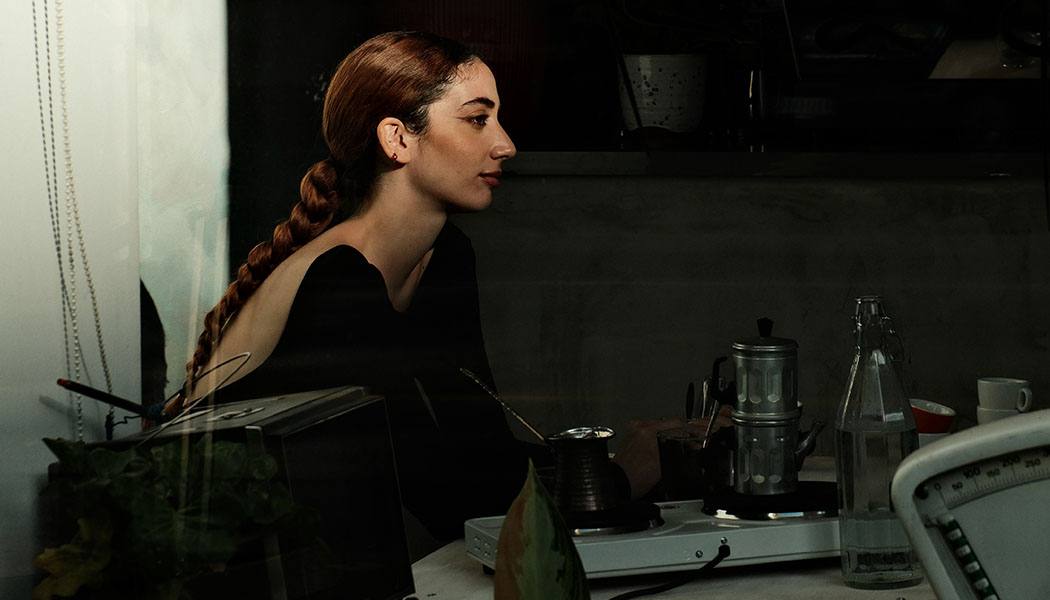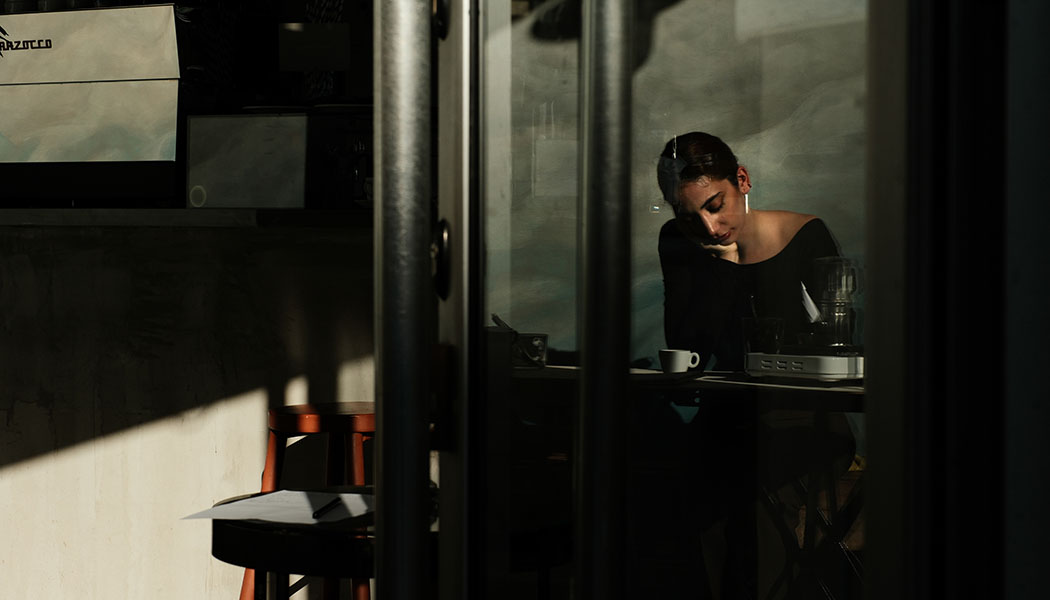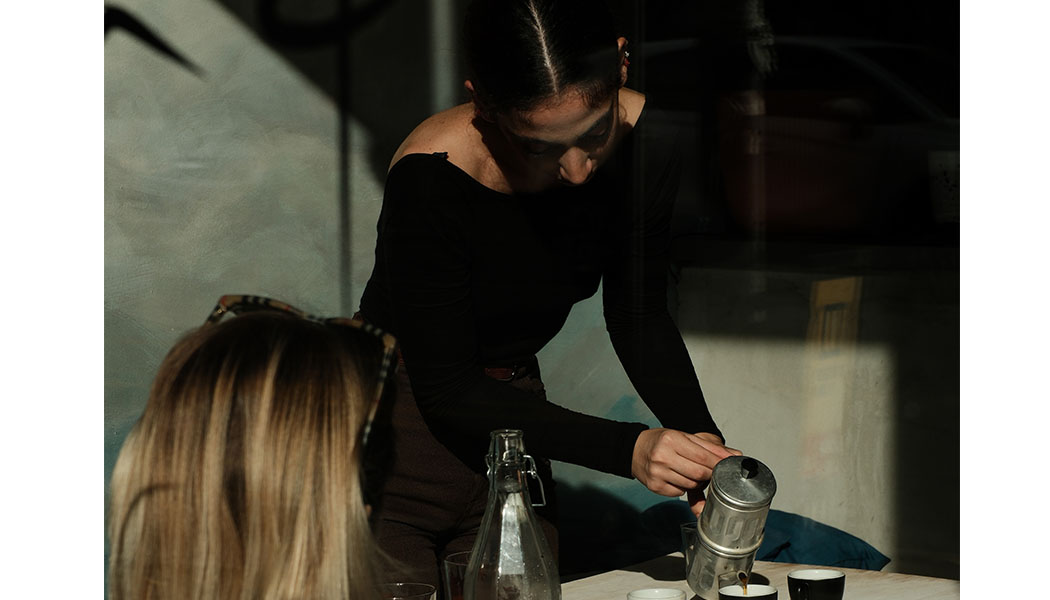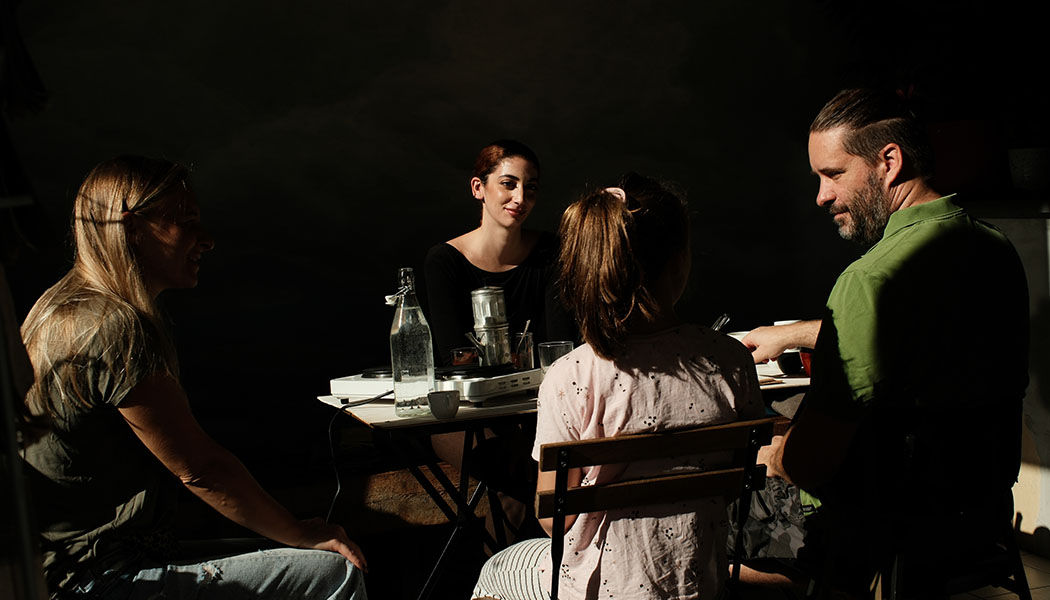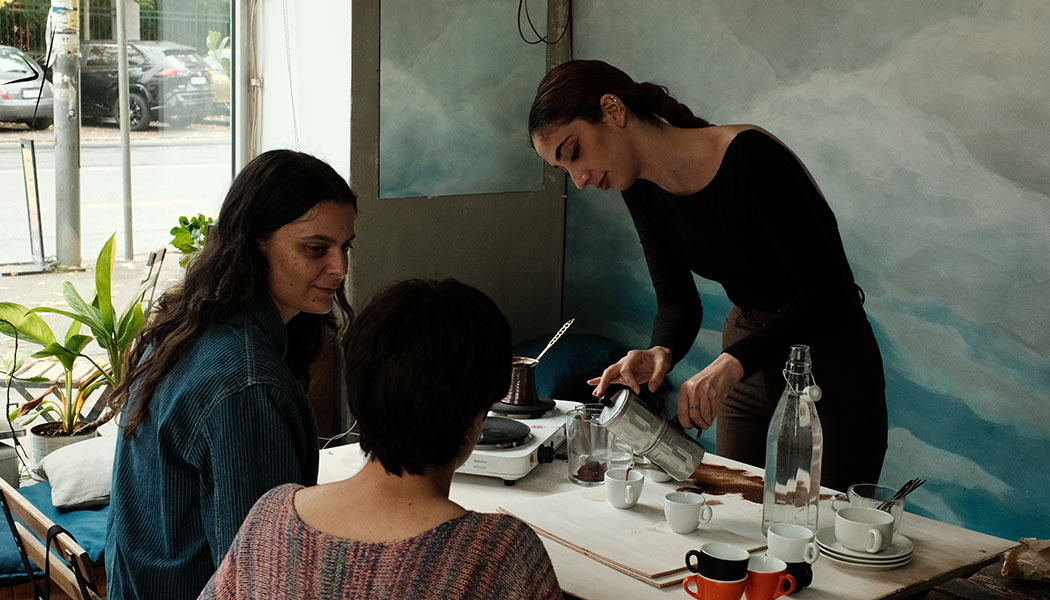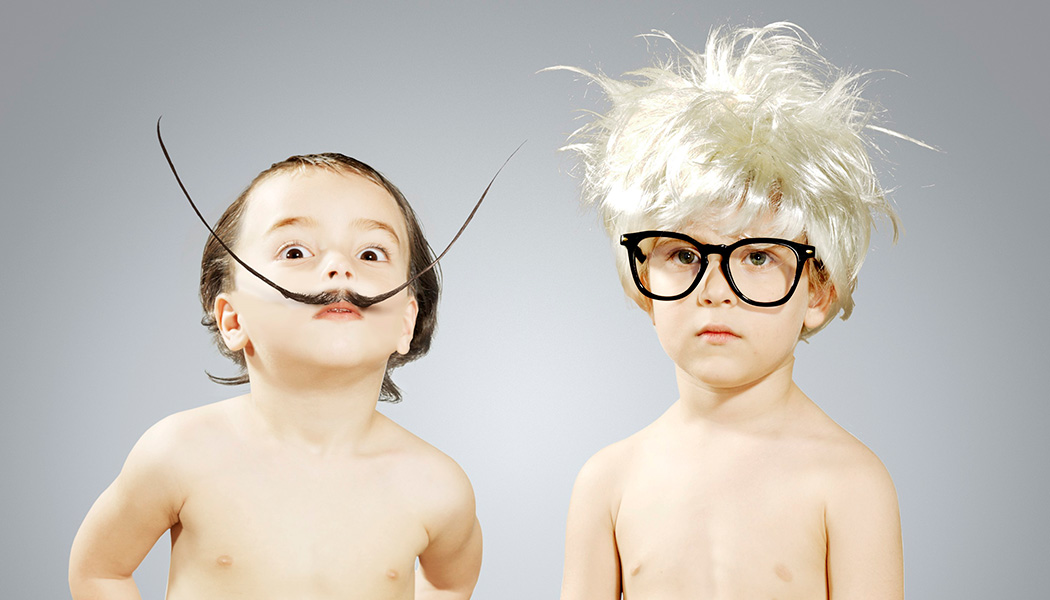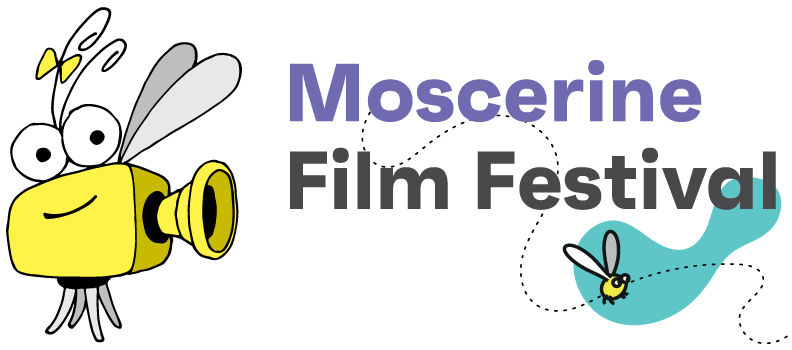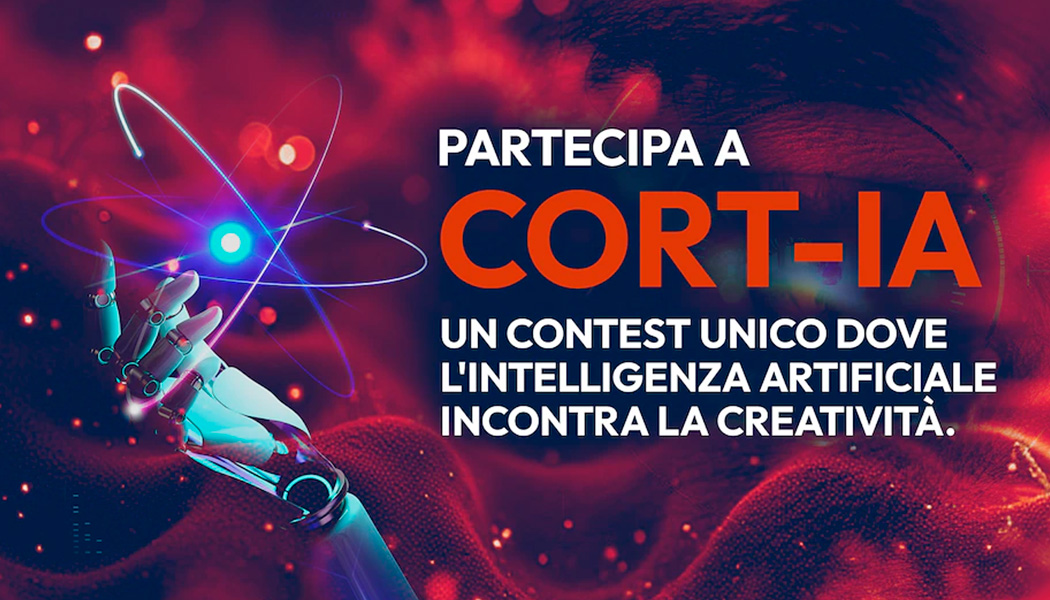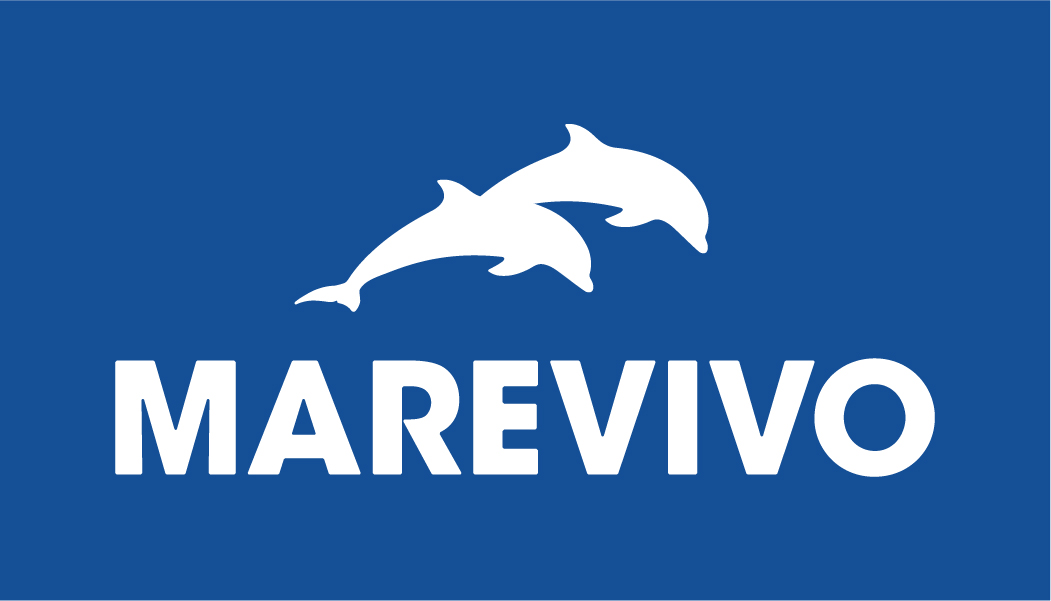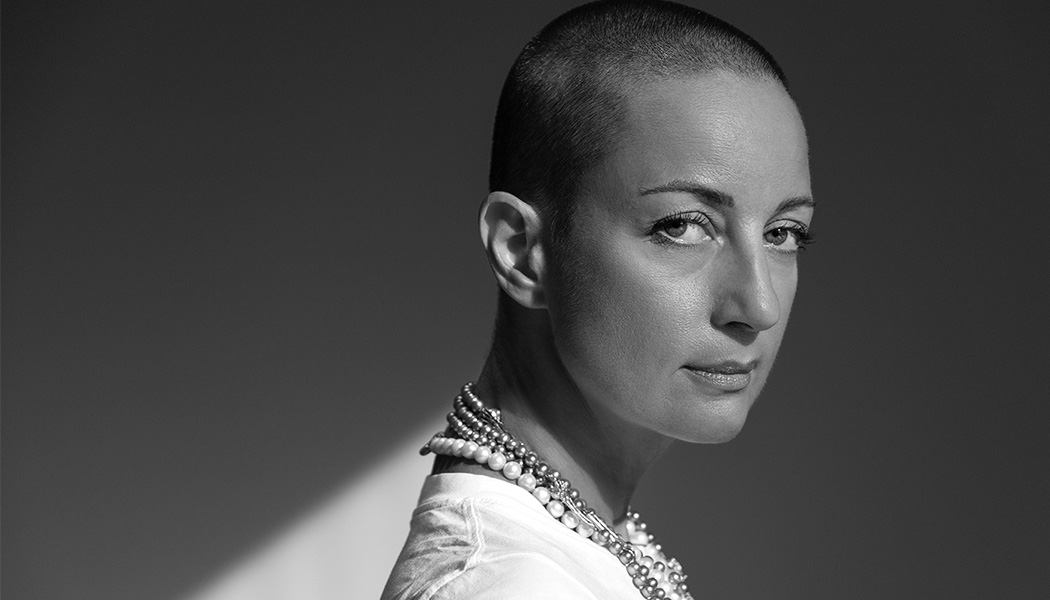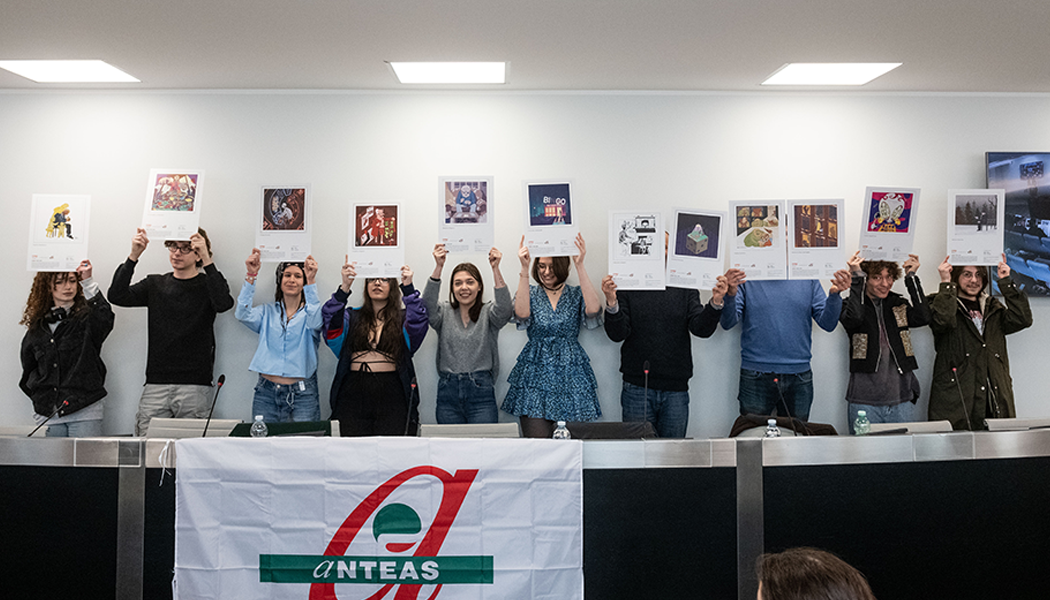Fine Arts student Claudia Evangelista has just completed a wonderful internship experience in Belgrade as part of the Erasmus+ programme, which is an integral part of education at RUFA.
The six-month internship in the Serbian capital was carried out at Galerija12 HUB (G12HUB), centre for art and technology dedicated to the promotion and development of inter-media arts and performance. The association’s programme combines exhibitions, live performances, debates, presentations and workshops with the aim of promoting cross-media and trans-disciplinary approaches to art production and interpretation.
Throughout the experience, the student was guided and supported by the tutor Marta Jovanović, artist and RUFA coordinator of the School of Visual Arts.
We interviewed Claudia on her return to learn more about her point of view, and to find out how this experience has helped her grow as an artist and as a professional.
Tell us about your experience in Belgrade, both from a cultural and artistic point of view.
Thanks to the Erasmus+ project, I had the opportunity to live and work in Belgrade with an internship at G12HUB, a Belgrade-based association that promotes the development of interdisciplinary artistic media. I got to know the association thanks to my tutor Marta Jovanović, who followed me, helped me integrate and got to know artists and gallerists in the city. Thanks to her I never felt alone.
I did not initially think that this experience could be so important for me, I did not expect to meet people and see places that could be rich in development and full of possibilities for me coming from two cities as rich in history as Naples and Rome.
Yet everything was disproved from the very first encounter with the city. I started my life in Belgrade in the middle of June, with long sunny days, lots of outdoor cafés and ‘pekara’ where I could buy all the pastry products that bring together the city’s historical multiculturalism.
Belgrade does not have a single, compact identity, it is full of facets, pain and misunderstandings. Walking around the city, one feels the various dominations that have affected the area through the centuries, from Viennese architecture in the centre to the most famous buildings in the Brutalist style, in the customs and food then one feels the centuries when the Turkish empire occupied the country. What is striking is that everything is ‘adapted’ in their style, such as the ‘Balkan coffee’ or ‘Bosnian coffee’ which has its roots in Turkish coffee.
I spent the first few months settling in and learning the language with an intensive course in New Belgrade, trying to thin out the language barrier and integrate as best I could.
The most important meeting I had, however, was the second month I was there, again in order to develop my research I was put in contact with gallery owner Mirko Lubarda, owner and founder of the ‘Non Canonico’ gallery with whom I then started a relationship not only of work but also of friendship, working with Mirko in the gallery is definitely the reason why I am happy to have had this experience and I am delighted to be able to continue working with him even now that the Erasmus+ experience has ended. The Non canonical gallery is a unique space where the selection of artists is always careful down to the smallest detail, the conceptual and formal level is exalted in the space that evolves for every need.
In short, it can be said that I am satisfied with this project, certainly the difficulties were not few, but there were some people I met that I know will be part of my life forever.
You participated in the “sun and sea opera”, which won the Golden Lion at the Venice Biennale in 2019, and was hosted again in 2023 at the historic Bitef Festival in Belgrade, where it won the Audience Award.
How did you feel about participating in such an important performance?
I had many formative moments for my professional development in Belgrade, but surely ‘sun and sea opera’ was a unique experience.
I had the opportunity to be one of the performers during the Bitef Festival. I was able to see at first hand the organisational dynamics of such a large project. The relationship between the artists of the whole project is that of a big family, with a huge mutual respect between all participants.
You gave a beautiful performance in Belgrade, tell us about it.
“Acino di Fuoco” was the most satisfying moment of the whole journey.
It was the result of work focusing on the importance of conviviality and the propensity for a gesture of solidarity, typical of Neapolitan culture.
The ‘acino di fuoco’ is a cohesive behaviour of humanity that originated before the better-known ‘suspended coffee’ when, in Neapolitan courtyards, bakers used to bring a burning log, a ‘acino’ of fire, which was offered to light the hearth and warm the homes on colder days. From this small gesture came the suspended coffee, a custom still in use in Naples, which allows people who cannot afford it to be offered a coffee.
I connected this aspect of my culture to reading about Balkan coffee for divinatory reasons, considering the strong concept of conviviality and community that this tradition brings. It was wonderful to learn how this drink is used in art both by Professor Marta Jovanović with her performance Clairvoyant and by Mima Orlović, whose work I had the opportunity to appreciate thanks to meeting the curator Biljana Tomic and later also the artist Ivana Smiljanić, who are both working on a retrospective exhibition dedicated to her in Belgrade. These works were the foundation of my project, concrete examples of conviviality through coffee in the Balkans.
Thanks to the help of the owners of a wonderful café ‘Kafograf’, located behind the Belgrade Botanical Garden, I was able to bring Neapolitan coffee (which is prepared with a cuccumella and not a moka) to a performance. The choice was between Neapolitan coffee and traditional Balkan coffee, and whoever wanted could sit with me and drink a cup of coffee, thus creating the conviviality that is intrinsic to the tradition of both countries. The performance, which lasted eight hours, gave me the opportunity to meet so many people, all with their wealth of experience, and they kept the performance alive, filmed in live streaming for G12HUB thus creating a second small digital portal with Italy.
